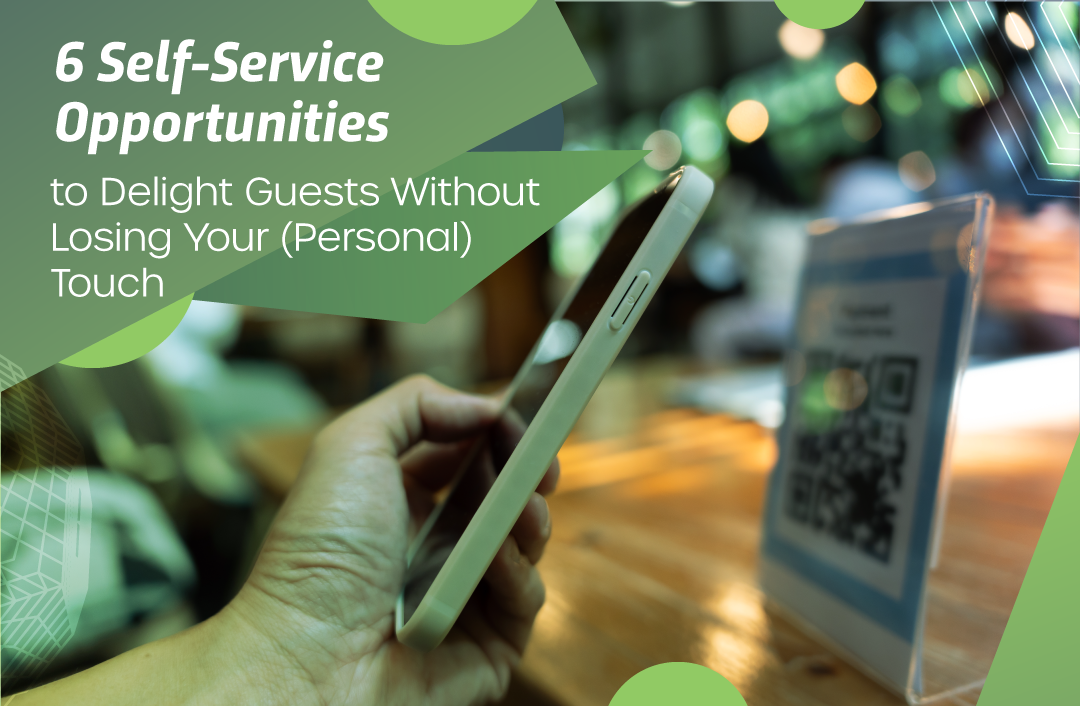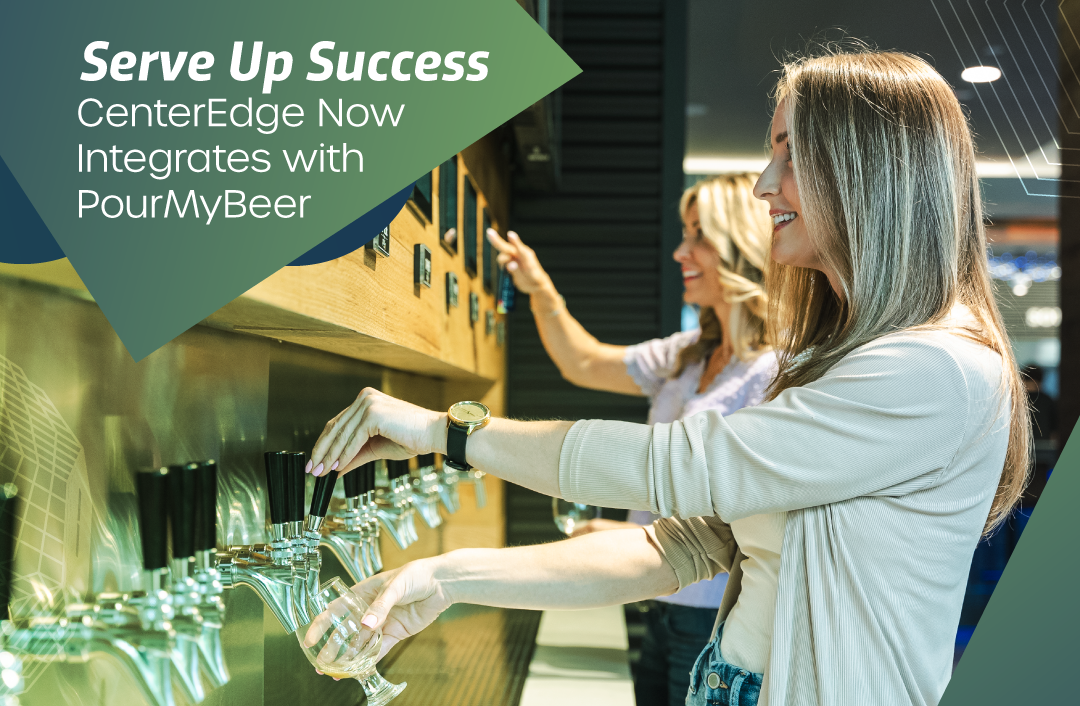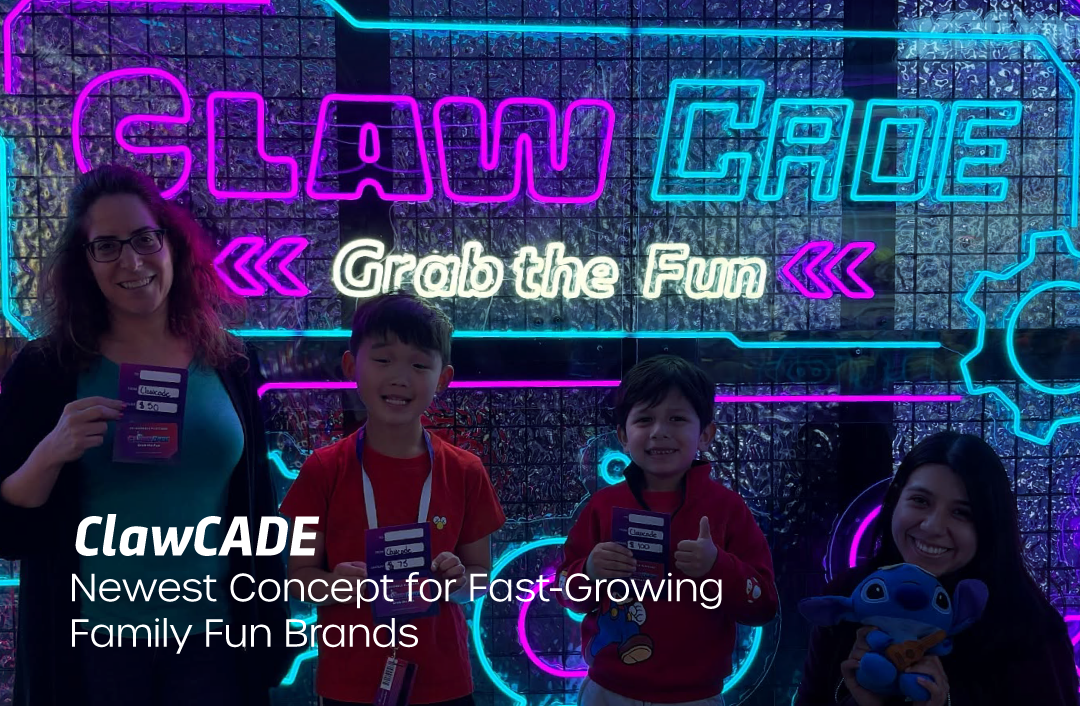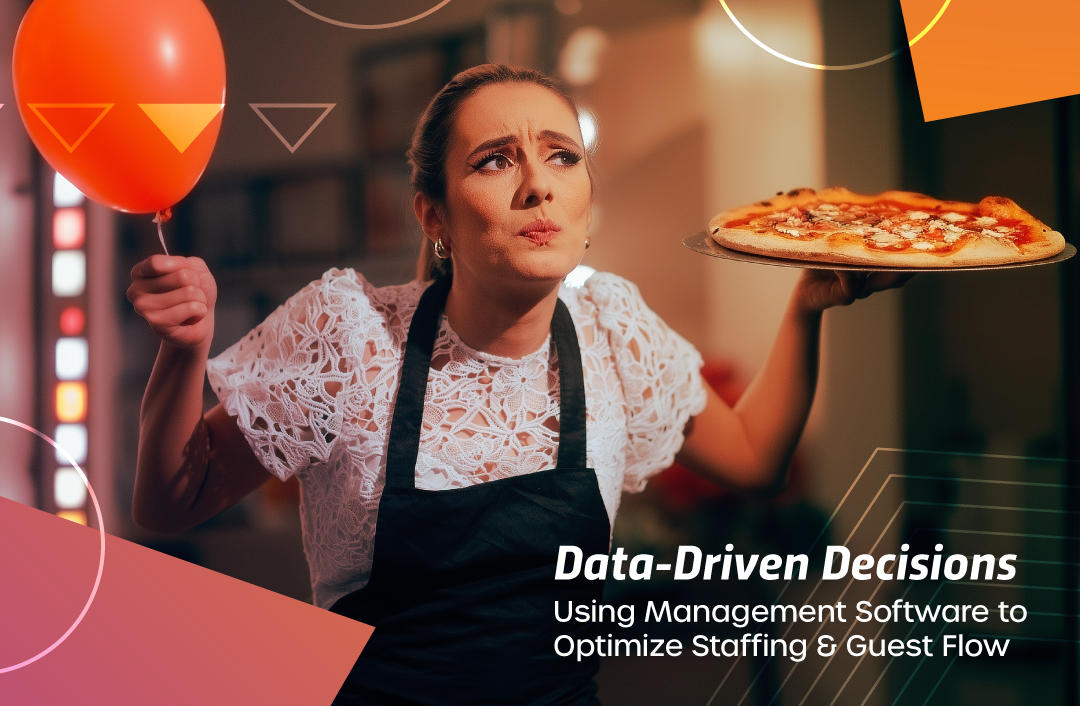We asked industry expert Alan Kumpf of FunStruction Results to help answer some of the questions people often have about market studies when they’re starting out. Here’s what he had to say.
The amusement industry is exciting and looks like a fun, profitable business venture. But there are a lot of mistakes that new owners make if they don’t start off with the right approach.
Feasibility studies in any industry typically have a cloud of mystery surrounding their purpose and content. It is no different in the amusement industry. At FunStruction Results, we work with a lot of struggling new business owners in their first or second year and when we begin to look into their business, a common problem we encounter can be traced all the way back to problems that should have been uncovered during the feasibility study. It is my hope that your takeaway would be to understand the critical questions to ask a potential provider before contracting your study so that you can start off right.
1. Who is the market feasibility study for?
The most important question to ask is who the study is for. People often make the mistake of dreaming of an FEC and obtaining a feasibility study for the bank to finance their vision. In this common scenario the study was conducted for the bank which will produce shallow value for the success of the business. If you take nothing else from this blog please realize that the feasibility study is first and foremost for you, the owner-entrepreneur. We have a saying we operate by: “It is not our job to derail your dream, it is our job to keep your dream from becoming a nightmare!”
As you approach your start up, adopt the mindset that your vision might change. Contract a provider who is willing to tell you the truth and be prepared to make directional changes to what you think will work in your market. Your feasibility study should answer the following questions:
2. Who is your market competition?
- Global Competition – Everyone has competition in the amusement industry. Remember that we sell an Entertainment Experience and as such, we compete with any business which takes disposable income out of the pockets of our potential customer group. Examples would be movie theaters, bowling centers, parks, stadiums and special events.
- Vision Competition – These are the businesses which offer a similar product to what we are proposing to offer. If we are opening a trampoline park, then we must analyze other trampoline parks that present this offering to our potential customer group. In working with a proposed 70,000 square foot entertainment center, we found that the vision for the cornerstone attraction was trampolines. Our study revealed that there were 6 other trampoline-driven facilities within a 10-mile radius of the proposed center. The demographics of the area also showed that 62% of the population was in the millennial age group and of those, 43% had never been married and did not have children. Using these data points, we were able to show our client that trampolines as a cornerstone attraction would not garner support from the existing customer base. The need in the area was for social entertainment such as a boutique bowling center that offers a wide choice of craft beer. The vision was changed, and the prospect of success multiplied exponentially.
Your study should score both competition groups on several factors:
- product mix
- location
- service
- repair & maintenance
- culture
This data helps us determine whether our competitors are threats or opportunities.
3. What is the market demographic?
Our potential customer group is derived by looking at complete demographics for a 3, 5 and 10-mile radius of our proposed location. We also add drive time to the mix. When determining drive time, we analyze the average time people in the area spend driving to work. In some areas, it is 15 minutes while in others it can be up to 40 minutes. This variance can potentially widen your customer group.
As we looked at a proposed facility in Utah, it became evident that the population was thin within a 10-mile radius, however, after studying work drive times it became clear that the average drive time to work was 35 to 40 minutes. Due to the transportation infrastructure being primarily interstate coupled with an 80 mile-per-hour average speed, the drive time demographics were twice what the 10-mile radius showed, allowing the business model to become a viable opportunity.
A complete report should contain specific male / female populations as well as yearly entertainment dollars spent. The entertainment dollar detail allows us to pinpoint not only if the business can be supported, but also what should be offered in the business for the specific people groups contained within our customer base.
4. How much startup capital will be required?
Once we have identified the specific offerings needed to succeed in our proposed market, the study should list the total expenditure required to open for business. This should include costs of:
- construction
- attractions
- technology
- marketing
- training
Then costs are analyzed against sales projections, most successfully determined by calculating a 30% utilization of each of our offerings. A common error is to underestimate the training costs because these costs include hiring human resources prior to opening the business. This situation dictates that we will have payroll costs without business revenue available to pay for them.
One of our projects had traditional bank financing to open the business. Although the amount of capital needed was correct, the bank’s procedure was to directly pay invoices for facility, construction, and equipment. There was no ability for the bank to write loan checks for the pre-opening payroll which caused a considerable deterrent for a proper initial offering of the business.
5. What are the hard truths?
All of the critical data should be compiled, and findings should present a comprehensive analysis which must answer the following:
- Will the market support my facility? If yes, what product mix will the market support?
- Does this align with my initial vision? If not, am I willing to change my vision?
What else do I need to know?
If you have been in another type of business before, you might be tempted to use consultants and contractors that you have in other businesses. It’s important to understand that the amusement industry is unique and nearly everything you do will require industry-specific experts to help you be successful. From your bank requirements, investor expectations, even your building inspectors and insurance agents – they’ll be looking for different things. Your feasibility partner is no different and must have experience in this industry for the study to properly determine the ultimate prospects for success.
If you’re thinking of opening or expanding your FEC or location-based entertainment facility, industry education is a must. To learn more about operating a profitable entertainment facility, join us for Maximize Profits for Operational Excellence in Raleigh, June 18 in advance of Birthday University. Request a scholarship here.
Search Resources
Subscribe to Email Updates
Featured Resources
Blogs //
6 Self-Service Opportunities to Delight Your Guests Without Losing Your (Personal) Touch

News //
CenterEdge Now Integrates with PourMyBeer to Help FECs Serve Up Success

News //
ClawCADE is Newest Concept for Fast-Growing Family Fun Brands

Blogs //
Data-Driven Decisions: Using Management Software to Optimize Staffing & Guest Flow

Posts by Topic
- Advantage Payments (7)
- Brand Management (19)
- Business Growth (81)
- Capacity Management (2)
- CenterEdge News (28)
- Client Interviews (8)
- Credit Card Processing (3)
- Data & Reporting (12)
- Digital Signage (1)
- Event Management (20)
- Facility Management (10)
- Food & Beverage (8)
- Guest Experience (34)
- Guest Management (20)
- Holiday Season & Promotions (5)
- Industry Events (10)
- Inventory Management (1)
- Loyalty Programs (8)
- Marketing Tips (24)
- Operations (1)
- Point of Sale (10)
- Product Launch (11)
- Productivity (5)
- Profitability (35)
- Redemption Management (1)
- Sales (35)
- Season Passes (1)
- Team Training (60)
- Waivers (2)

Leave a Comment